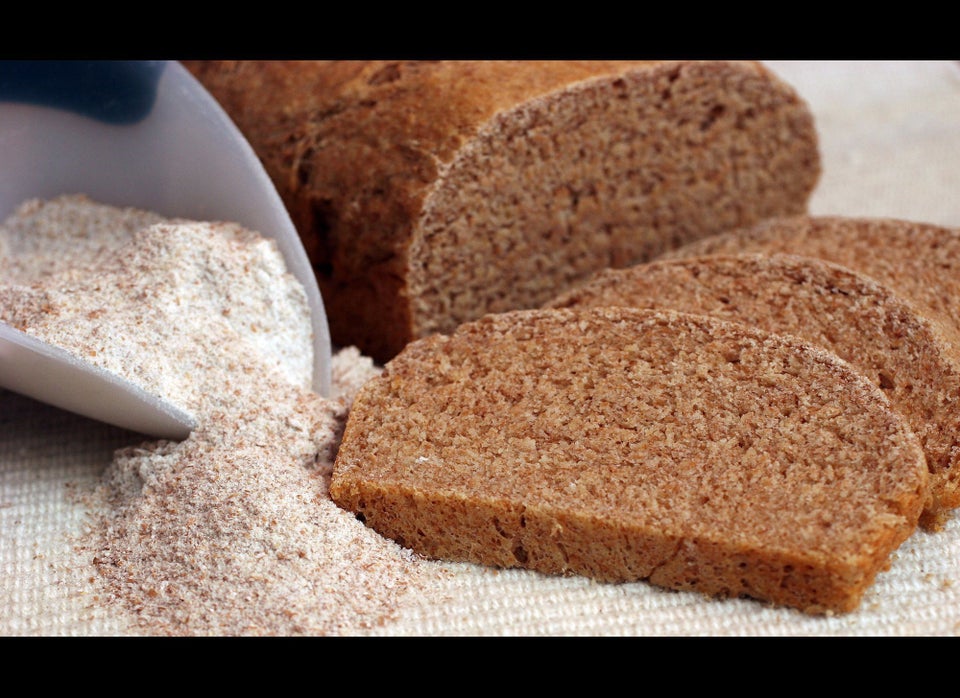Besides the obvious health problems associated with obesity -- such as heart disease, high blood pressure and diabetes -- overweight children often face a host of other physical and social issues at school, according to a report by NPR affiliate WBUR.
Doctors whose patients include obese children must write notes to principals asking that they be frequently excused to use the bathroom, a result of belly fat pushing down on their bladders. Health professionals must also submit requests to excuse children whose sleep apnea gives the illusion of drowsiness in class, or whose joints hurt as they walk between classes.
Children with diabetes require midmorning snacks, while others are on special diets and need medication.
In addition to keeping them away from the classroom, NPR reports there is evidence that obese children perform worse on standardized tests and basic classroom tests. Some experts believe there may be something at work physiologically that affects an obese child’s ability to learn, while others believe self-esteem issues and bullying make them less inclined to attend school and participate in school activities.
According to a study released in June, obese elementary school children performed worse on math tests than their peers without weight problems. This could be due to a lack of social acceptance, researchers say, as obese children who do not feel accepted by their peers often exhibit feelings of loneliness, sadness and anxiety that can hinder their academic performance.
Shirley Schantz, nursing education director for the National Association of School Nurses, told NPR nurses from across the country are calling her organization in growing numbers, seeking advice on how to deal with childhood obesity in schools, including preschools.
"They see students that can't walk upstairs," she said. "They see students that are absent because they're overweight or obese, [who] don't want to go to physical education."
Many children struggle to maintain their weight when they’re not in school, and have regular access to a stocked refrigerator.
An initiative put forward this year by First Lady Michelle Obama in collaboration with Agriculture Secretary Tom Vilsack aims to combat childhood obesity by making school lunches more nutritious, though a child's weight problems often begin at home.
The new guidelines, based on 2009 recommendations by the Institute of Medicine -- the health arm of the National Academy of Sciences -- establish calorie and sodium limits for meals, require schools to offer a wider selection of fruits and vegetables and mandate all milk be 1 percent or nonfat. Requirements for the use of whole grains are also being phased in.
"As parents, we try to prepare decent meals, limit how much junk food our kids eat, and ensure they have a reasonably balanced diet," Mrs. Obama said. "And when we're putting in all that effort the last thing we want is for our hard work to be undone each day in the school cafeteria."
